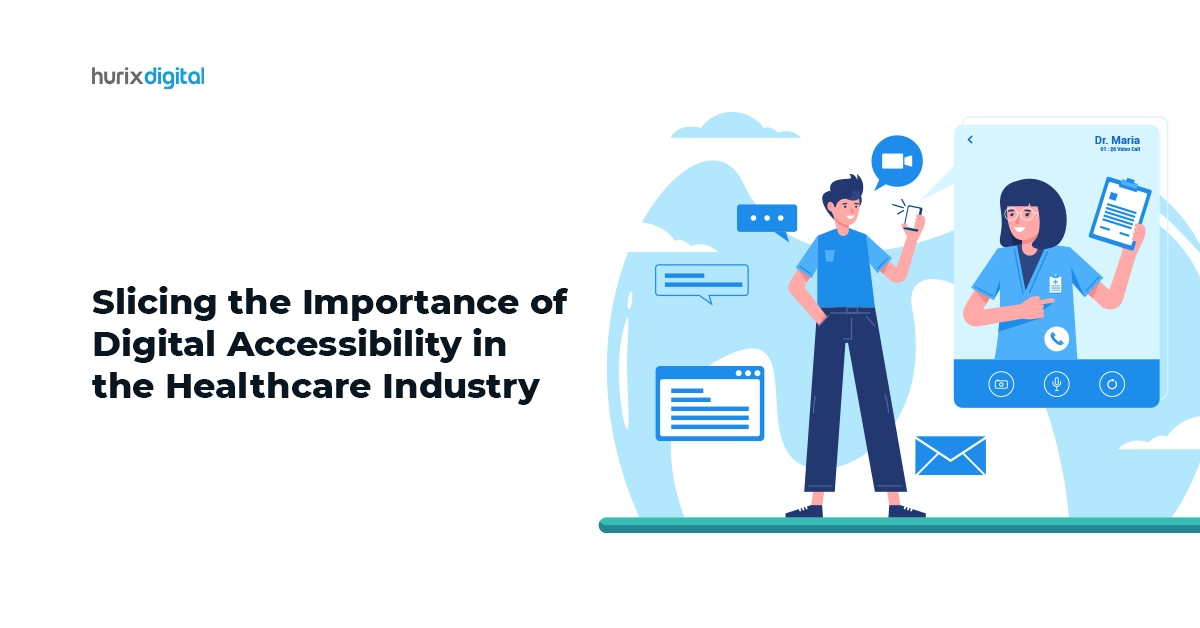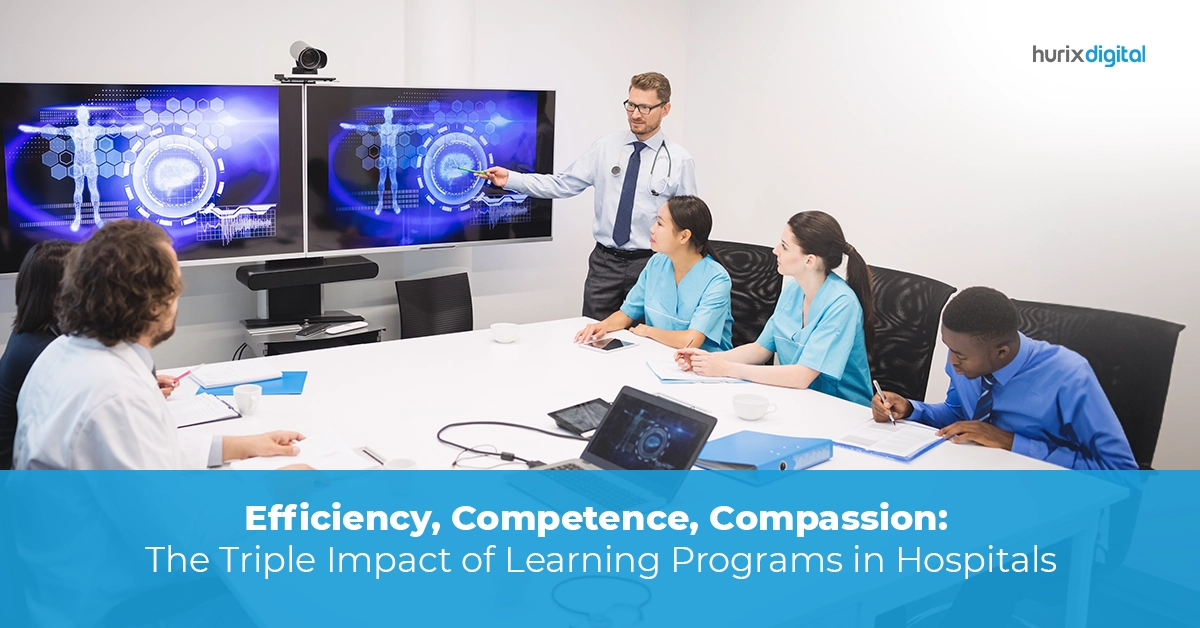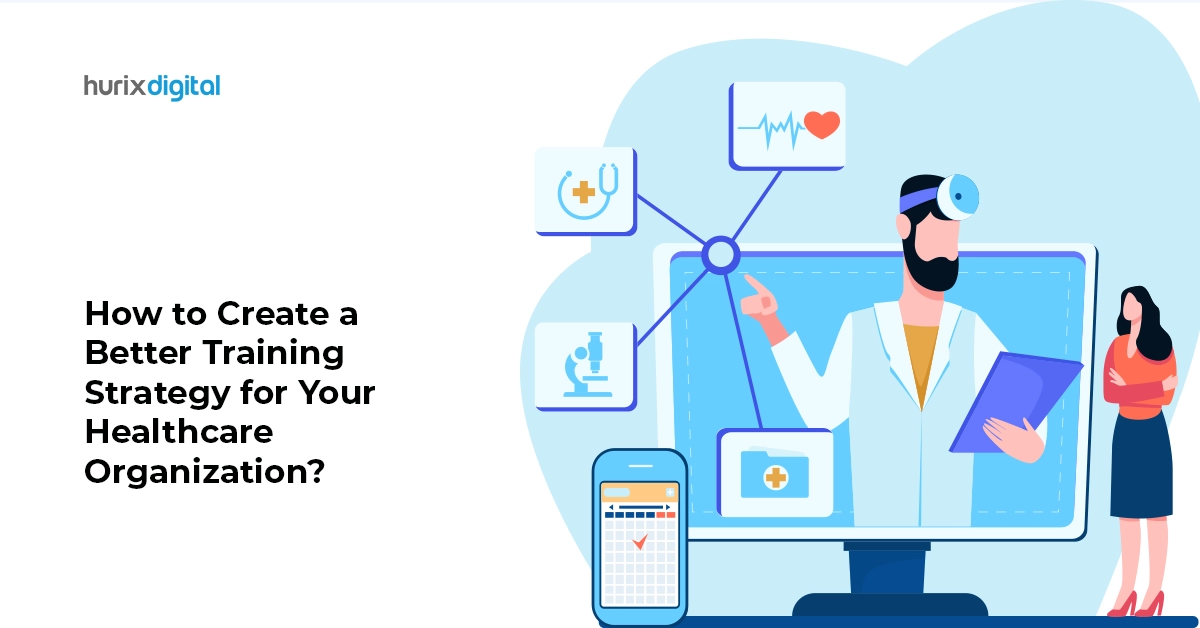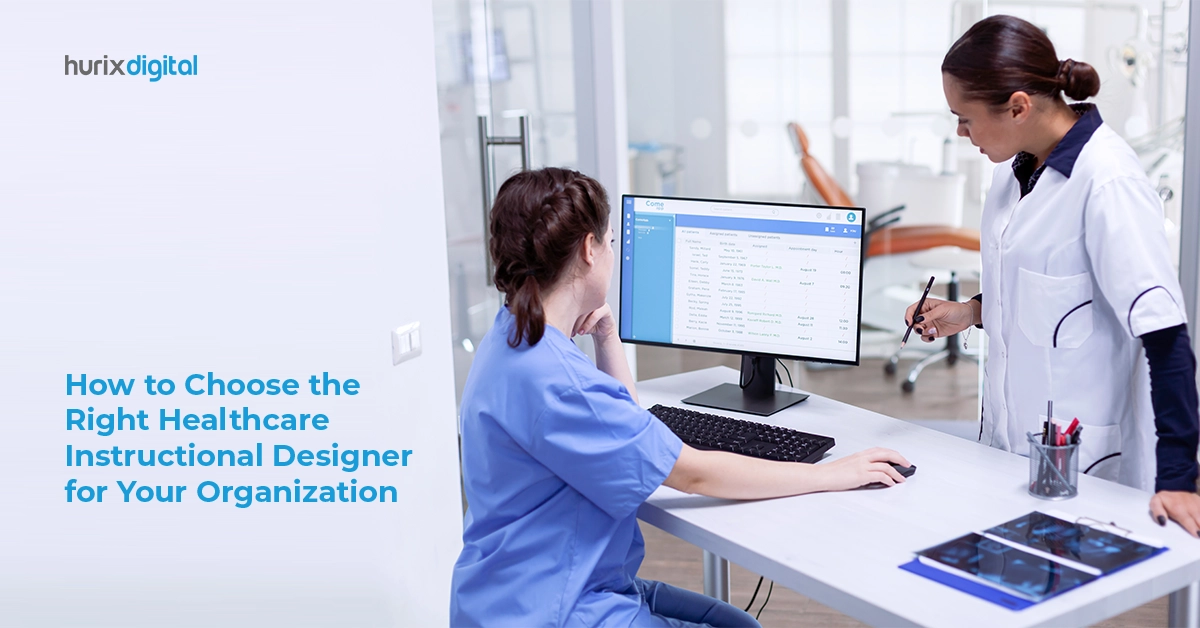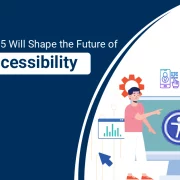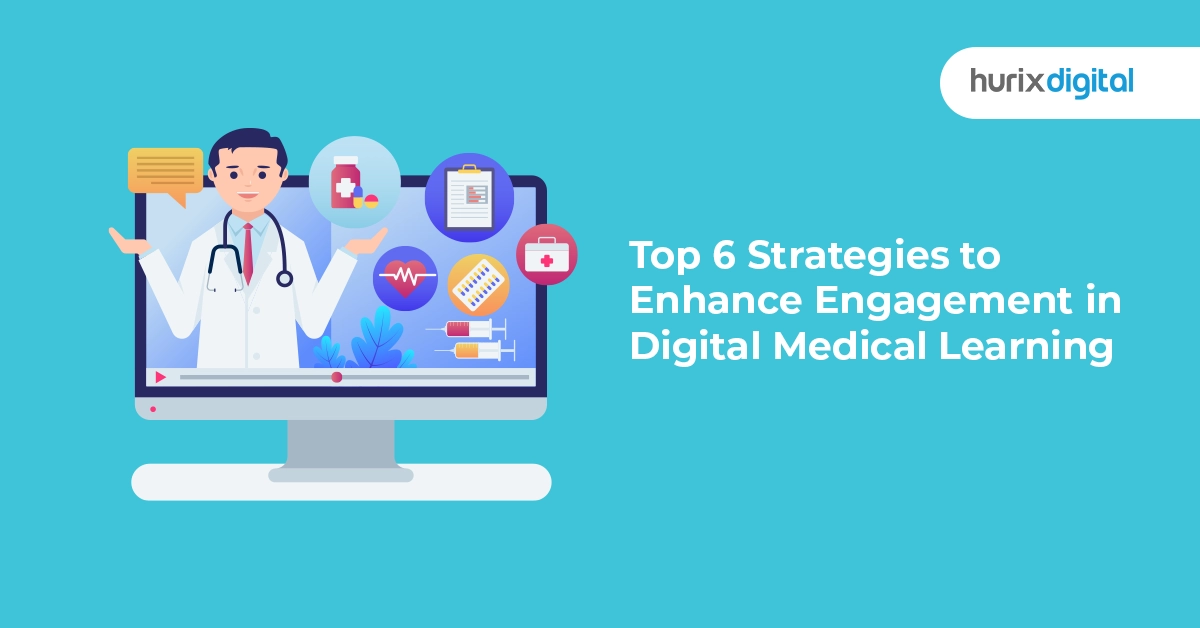
Top 6 Strategies to Enhance Engagement in Digital Medical Learning
Summary
Exploring digital learning’s role in CME, this article offers best practices like interactive content, microlearning, gamification, multimedia, collaboration, and feedback.
In order to effectively address patient problems and stay on top of their game, professionals and practitioners in a sector that is always growing, like medicine and healthcare, must continually refresh themselves with the newest advancements and changes in their respective professions.
Consequently, considering the potential impact on patient outcomes, continuous education is more important for this sector than it is for any other industry or profession.
A major factor in improving the standard of care given is Continuing Medical Education (CME). Lately, CME has undergone significant changes that will have a significant impact on the medical community and the people who work in it.
In this article, we explore the role of eLearning in healthcare, various tips and best practices to maximize its effectiveness and overall learning outcomes.
Table of Contents:
- What is Continuing Medical Education (CME)?
- The Role of Digital Learning For CME
- 6 Best Practices for Digital Learning in CME
- Wrapping Up
What is Continuing Medical Education (CME)?
CME covers a broad range of educational activities that help medical professionals maintain, develop, or grow their skills, knowledge, or professional performance.
Traditionally, this involved attending short workshops, either held at universities, hotels, or resort retreats. The main goal of CME programs is to keep medical professionals up-to-date on the most recent advancements and breakthroughs in their disciplines.
Depending on the topic and objectives of the workshop, this can be highly general, geared towards doctors of all specialties, including registered nurses and nurse practitioners, or it can be quite specialized, limited to cardiologists, electrophysiologists, pediatricians, etc.
Continuing medical education (CME) includes various activities to assist physicians and other healthcare workers in staying current and developing their abilities. In the past, it required attending seminars at hotels or colleges, but these days, many people select online medical courses because of their flexibility.
Also Read: Developing Skills-Based Curriculums for Healthcare Professionals
The Role of Digital Learning For CME
Like a lot of other learning and training activities in recent years, continuing medical education has undergone a major digital shift. Spurred by the pandemic at first, it is now showing no signs of going back, given the massive advantages and efficiencies that come with this system.
Digital learning in CME offers plenty of advantages for learners as well since doctors and medical professionals no longer have to take a couple of days off from work to travel to either a university, a hotel, or a resort to undergo these programs. They can take it right from their offices or homes, having little to no impact on their work.
There are several equally potent advancements in addition to the accessibility, adaptability, and customization that this mode provides. This includes cutting-edge technology like virtual reality, augmented reality, and generative artificial intelligence, among others.
6 Best Practices for Digital Learning in CME
When it comes to digital learning for continuing medical education, there are a slew of best practices to help trainers and learners get the most out of programs.
Here are the top practices worth exploring:
1. Embrace Interactive Content
Whether digital or offline, the key to a successful learning experience is capturing and retaining audience attention so that the information can be conveyed best.
With interactive content such as virtual labs, simulations, and real-time problem-solving exercises, instructors can greatly enhance engagement and comprehension. The digital medium offers massive new opportunities in this regard, which were simply not possible with traditional classroom instruction.
2. Utilize Microlearning Techniques
Trained medical professionals, too, have likely experienced a dip in their attention spans in recent years, requiring more innovative approaches to keep them focused.
Microlearning is a unique approach that involves breaking down complex information into small, manageable, bite-sized chunks, making it easier to absorb and retain information. This is particularly useful in medicine, given the limited time and information overload.
Such an approach also works wonders in a busy work environment, allowing learners to consume 10 to 15 minutes of information while on a break before getting back to work.
3. Implement Gamification Elements
Gamification can significantly enhance motivation through elements like points, badges, and leaderboards.
For medical professionals, a challenge to diagnose a patient correctly or quickly in a gamified simulation can replicate the pressures and demands of real-life medical situations, providing both learning and practical experience in a controlled, competitive environment.
4. Leverage Multimedia for Diverse Learning Styles
Incorporating various multimedia elements, such as video, audio, and text, caters to different learning styles and needs.
For example, a complex biochemical process can be illustrated through an animated video, explained via podcast-style lectures, and further detailed in text format, ensuring comprehensive understanding across different types of learners.
Most doctors have experience reading through large stacks of textbooks during their medical school years, so such an approach to learning might make absorbing and retaining large quantities of information almost child’s play for them.
5. Boost Collaboration & Discussions
Digital platforms should encourage interaction not only with the content but also among peers and mentors.
Discussion boards, peer review platforms, and live Q&A sessions with experts can foster a collaborative environment that mimics the collegial nature of medical practice, enhancing learning through community support and shared knowledge.
This is the one area where traditional approaches still have the upper hand, but digital learning can be just as collaborative and engaging with the right tools, such as Slack, Google Meet, etc.
6. Continuous Feedback & Improvement
Ongoing assessment through quizzes, self-tests, and real-time feedback mechanisms helps consolidate learning and identify areas needing further review.
Moreover, collecting feedback on the courses from users can guide continuous improvement, making the digital CME experience more responsive to the needs of medical professionals.
Instructional design, particularly in the digital arena, is an art just as much as it is a science. This means it requires years of experience and tried-and-tested scientific principles to master. Both of these are only possible if course creators are open to continuous feedback and learning themselves.
Also Read: Best Practices for Successful Application Training in Healthcare Organizations
Wrapping Up
eLearning in healthcare has fundamentally altered the continuing medical education landscape, and it has transformed it for the better. As technologies mature and start to converge, more value will be explored over the coming years, particularly in medical education.
If you’re looking for educational and digital learning solutions for medicine or any other sector, consider teaming up with Hurix Digital, a leading provider of digital learning solutions. With tailored programs that incorporate the latest technologies and best practices, we ensure that learners receive the highest quality education and training.
Contact us to learn more!

Senior Vice President – Business Development
Over 25 years of experience in the edtech and workforce learning industry with strong skills in Business Development, Customer Relationship Management (CRM) and Strategy.
